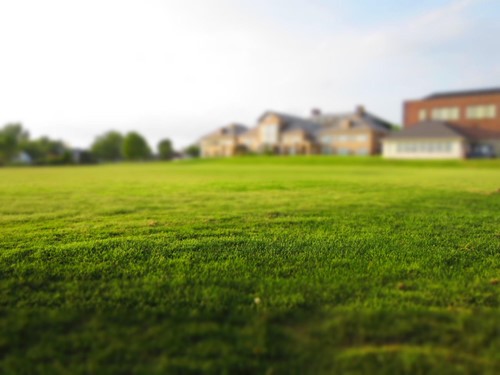
Grub control is something many homeowners have to deal with as part of their lawn care. Lawn grubs are the larval form of insects like Japanese beetles and scarab beetles, and a naturally occurring part of the ecosystem. However, when there are too many, they can cause serious damage to your lawn.
If you’ve noticed more than a few grubs in your outdoor space, it might be time to find a grub control method. There are several ways to control grubs and handle even a serious lawn grub infestation without harsh chemicals.
Nematodes are microscopic parasites that invade and kill grubs. They’re a naturally occurring part of your backyard ecosystem, but introducing more of them to a grub infestation can help significantly.
Unfortunately, this method takes a long time to work. Since the nematodes don’t remove the grubs immediately, treating your lawn with them can take over a year to achieve full results.
Milky spore is a type of bacteria that’s harmless to humans and animals, but deadly to Japanese beetle grubs. It comes in a powder form you can sprinkle onto your lawn. Using milky spore as a grub control method is simple, but like with beneficial nematodes, it can take a long time to show its full effectiveness.
Lawn grubs can’t survive in dry conditions. If you allow your lawn to dry out for a few weeks, it will make the soil inhospitable for the pests. Lack of moisture will prevent eggs from hatching and prevent future grub damage. While intentionally drying out your lawn might sound risky, most types of grass bounce back easily once you return to your normal watering routine.
If you need a more immediate form of grub control, chemical methods might be the best option. There are special pesticides available to kill grubs at different life stages, and some that can prevent future grub generations. If you’re not sure which method is best for your situation, consult a landscaping or pest control expert for advice.
